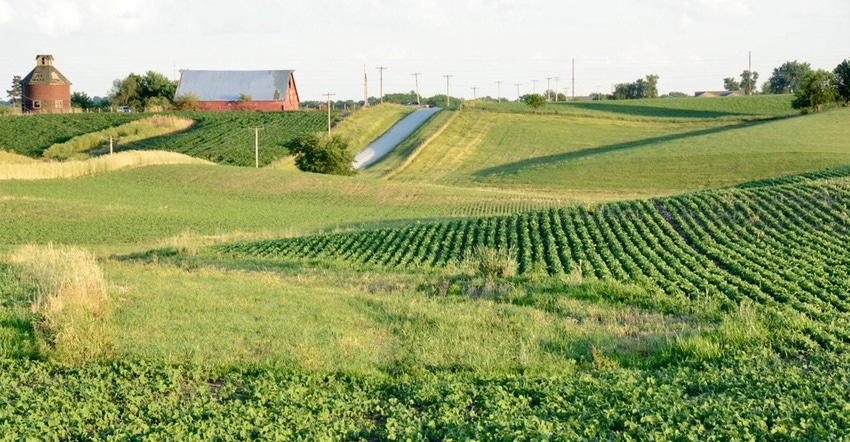May 7, 2019

I’ve said many times how much I like talking about conservation. Most of the time I focus on positive aspects, but I know there are those unpleasant times when conservation practices don’t perform like we expect them to. When things don’t turn out like you plan, it can be a frustrating disappointment. It can also lead folks to become disillusioned with conservation, and we don’t want that to happen.
Conservation practice failures typically fall into one of five categories:
environmental conditions exceeded practice design capacity
practice design errors
construction errors, including inferior materials
lack of maintenance or changes in management
poor planning, as in it’s not the right practice for the site or for you
Every Natural Resources Conservation Service conservation practice has a standard that includes the conditions we want to address with the practice, how we expect the practice to be implemented, and how long a properly maintained practice is expected to last.
Waterway?
I’ll use my go-to practice of a grassed waterway for an example.
The official conservation practice standard describes a grassed waterway as a shaped and graded channel with suitable vegetation to convey surface water at a nonerosive velocity to a stable outlet. We expect a waterway to handle a specific rainfall event. Add in factors such as soil type, acres drained, land slope, land treatment and type of grass to be planted, and we can come up with a designed shape, width and depth to handle that amount of flow. But if we have a storm event that exceeds those rainfall parameters, the waterway could fail.
We strive to provide the highest quality of planning and design, but if even one of those factors is miscalculated, it can lead to a failure of the practice.
Construction is a critical step. We’ve specified a shape, width, depth, slope and vegetative cover. And we might even add tile to help keep the grass roots from being waterlogged. If the waterway is built too narrow, the velocity of the runoff water could increase enough to cause the center of the waterway to scour.
There’s no such thing as a “set it and forget it” conservation practice. With good maintenance, I’ve seen practices last longer than their expected lifespan. I’ve also seen them deteriorate quickly without proper maintenance. Managing grass height may seem minor, but if grass is too dense or too high, water velocities decrease. Decreased velocity causes more sediment to be deposited in the waterway, so it fills in and loses capacity.
A change in management that wasn’t factored into the original design can also result in failure. Something as simple as changing row direction — from perpendicular, like it’s supposed to be, to parallel to the waterway — can prevent water from getting into the waterway and create erosion along the sides.
The last category, poor planning, is difficult to assess, but I’ve seen it happen. Maybe you thought you wanted a particular practice because you’ve seen it work in other places, or there was a really good incentive program — but it just isn’t the best fit for the site or your management scheme.
The good news is, NRCS can help offset some of the risks of implementing a conservation practice. If you’re using NRCS assistance or an incentive program and the practice fails due to excessive environmental conditions or a design flaw, NRCS “warranties” its work. If it’s a construction or material error, you may be responsible for the repairs, so make sure you use reputable contractors. Pay close attention to your operation and maintenance plan. Don’t get in a hurry making decisions. Good planning is key in helping ensure your conservation experience is a good one.
Dozier is the Illinois state conservationist. Direct comments or questions to [email protected].
About the Author(s)
You May Also Like




